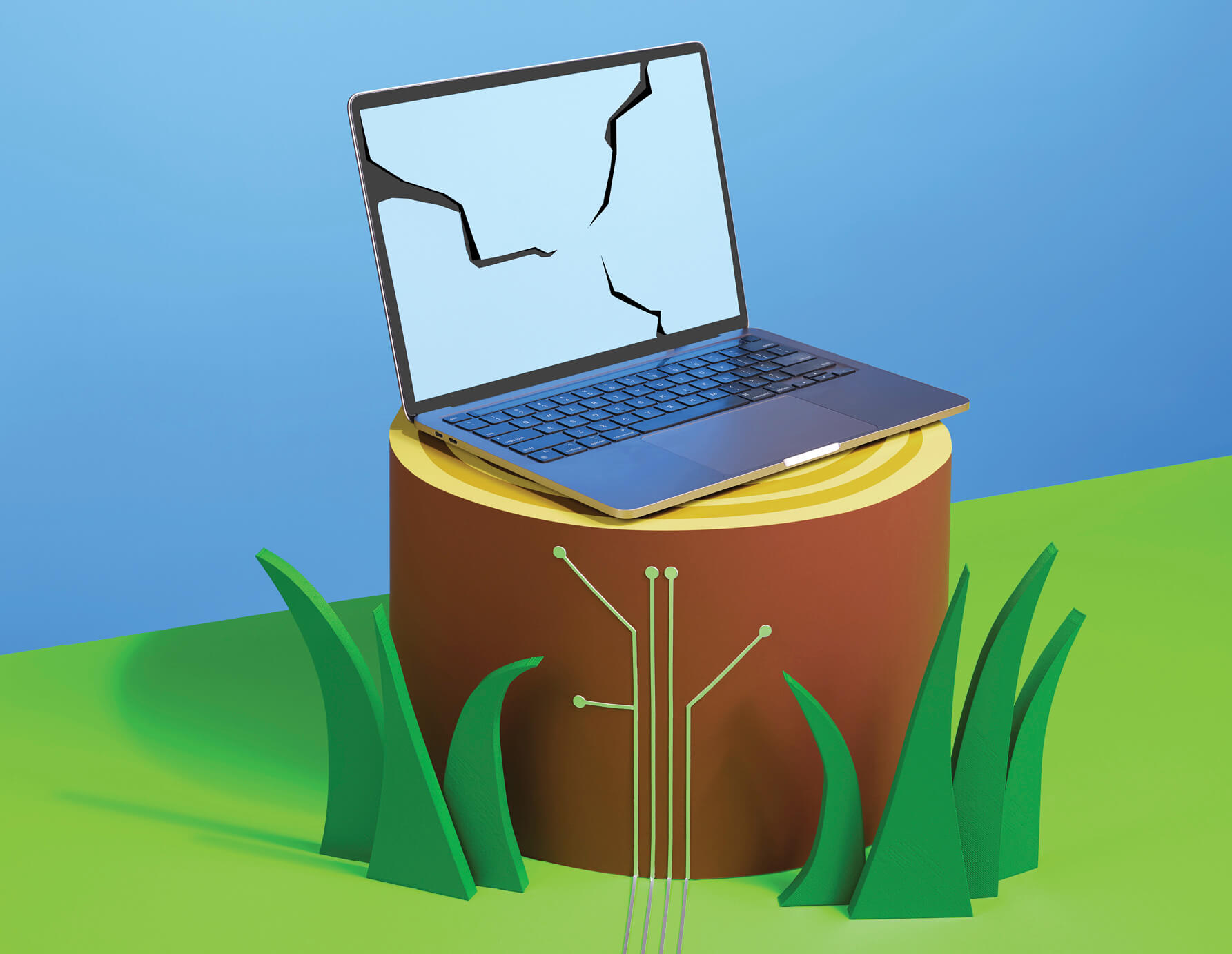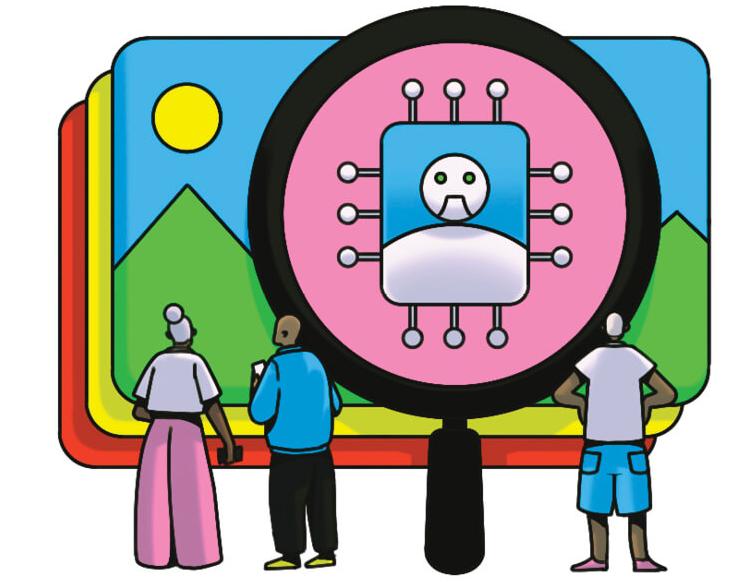Tech Triage
Our experts answer your most pressing questions

What’s the best way to back up all my phone photos automatically?
Most smartphones now offer built-in options for automatic backup:
→ If you have an iPhone, set up iCloud Photos to sync photos and videos across all Apple devices. The free 5 gigabytes can hold hundreds of photos. Apple offers extra storage called iCloud+, starting at 99 cents per month for 50GB.
→ For Android users, Google Photos comes preinstalled on their phones. Google account users get 15GB of free storage, but this is used by other applications too. Google offers Google One plans for more storage that start at $1.99 per month for 100GB.

→ Amazon Prime members can take advantage of unlimited photo storage through Amazon Photos. Prime memberships cost $14.99 per month or $139 per year. If you’re not interested in Prime, the Amazon Photos app offers 5GB of storage free, with paid plans starting at $1.99 per month for 100GB.
→ Other reliable choices include Microsoft OneDrive and Dropbox.
No matter which service you choose, go into its settings and turn on automatic backup. It may be listed under an option to enable backup, upload or sync features. If possible, set it to back up over Wi-Fi to avoid using mobile data. Once set up, everything happens in the background, keeping your memories safe without any extra work. —Jonathan Ushindi Zaluke, Senior Planet “techspert”

How can I tell if a message or photo was made by AI?
With AI tools becoming more advanced in creating content that looks and sounds real, it’s important to understand how to verify information and images. There are some telltale signs to look for. When it comes to text or audio, if the wording seems too perfect or overly formal and doesn’t match the tone of the person who supposedly wrote it or said it, it was likely AI-generated. And audio that is generated by AI may sound emotionless. Another sign is when the same words or phrases are often repeated.
For photos, look closely. AI often slips up on small details and creates inconsistencies in lighting and shadows, strange reflections and backgrounds, oddly positioned hands, mismatched earrings and so on. But as AI improves, this may become more difficult to detect. For trickier cases, online tools—such as Winston AI, AI or Not, or WasItAI—can help. —Jonathan Ushindi Zaluke, Senior Planet “techspert”

How do I stop my phone from tracking me?
It’s understandable to feel uneasy about your phone keeping track of your location, but it is necessary sometimes. Some features, like maps and weather updates, need to know where you are to work best. But not all apps need to know so much. You can control how much information you share.
Go into your phone’s settings and look for Privacy or Location options. There, you can see which apps are asking to know your location. If location is important to an app’s function, change the setting to “while using the app”; if not, change it to “never.”
Within privacy settings, you can also find options related to activity tracking (such as what websites you visit) and personalized ads. Consider turning off that tracking too. You can always turn it back on if you find that a particular app no longer works as it should. —Zeke Tijerina, Senior Planet trainer